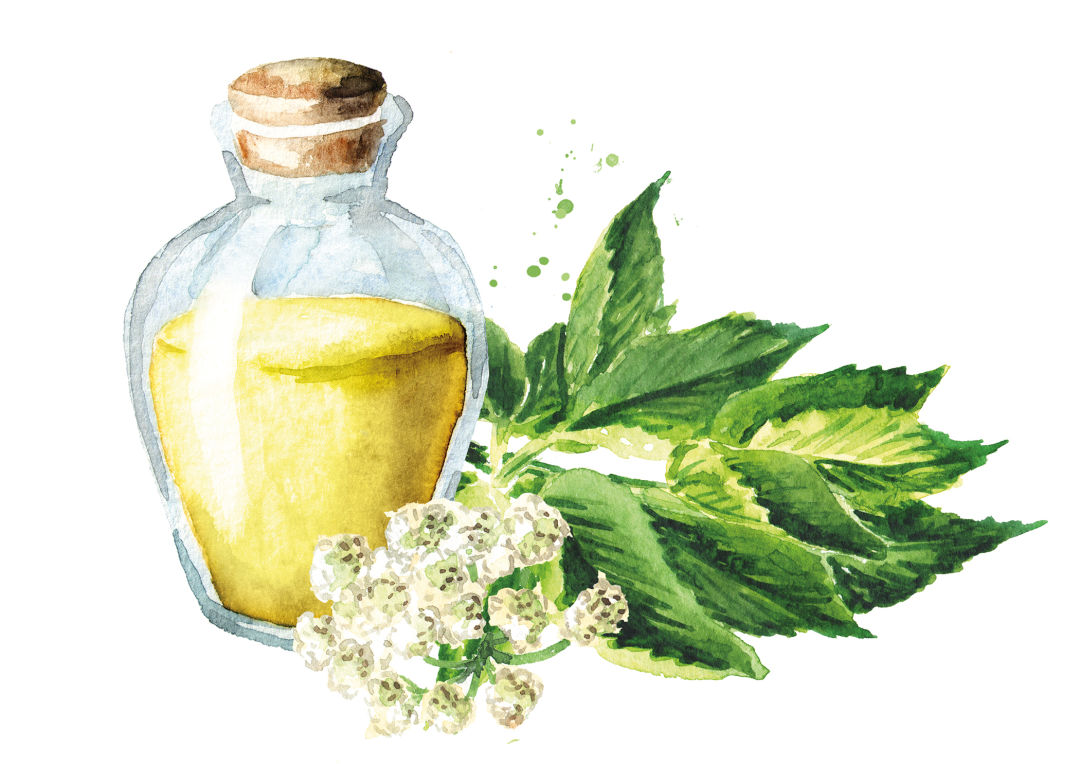Alpine Liqueurs Are Perfect for Mountain Summers

Andreas Fischbacher grew up making alpine liqueurs—known as kräuterlikör in his native Austria—on his family’s still in the foothills of the Alps. The chef/owner of Carbondale’s Allegria restaurant says the elixirs, made of native plants, were as much medicinal as gustatory. “We’d make pinecone syrup for coughs, but you can still walk into any small grocery in the Alps and buy miniature bottles of bitter spirits like Underberg or Jägermeister to ease congestion or digestive problems.”
Even if you’re not in need of the therapeutic benefits, what better place to enjoy these spirits stateside than alfresco in Aspen? Alpine liqueurs and aromatized or fortified wines are deeply tied to the wildflowers and agricultural heritage of many of Europe’s high-altitude regions, including Austria, Switzerland, France, Germany, and Italy. The diversity of flavors and styles (floral or fruit-forward to assertively bitter, light-bodied to intense) is matched only by the dazzling array of ingredients from which they’re made.
The craft cocktail movement has fueled the growing popularity of these liqueurs and wines; small Colorado distillers like Leopold Brothers and CapRock even produce their own versions (Three Pins Alpine Herbal Liqueur and CapRock Bitter, respectively, both made with foraged Rocky Mountain botanicals).
Some alpine spirits have upward of 40 ingredients—wormwood, chinchona (quinine), juniper, and gentian are among the most prevalent—but the majority reflect their respective microregions. In Italy, such spirits are known as amari, and they’re made nationwide.
“These products have such a strongly defined sense of place and history,” says Eric Seed, founder of Haus Alpenz, a Minneapolis-based alpine spirits importer that has several accounts in the Roaring Fork Valley.
Génépy, a French/Italian liqueur made from artemisia flowers, has long been a European ski-resort staple (it’s purported to ease altitude sickness). It’s traditionally consumed on ice, in hot chocolate après-ski, or as a digestif after fondue; try it yourself at Almresi or French Alpine Bistro, both in Aspen.
At Hooch, bartender Quinn Gallagher uses génépy, which he describes as having “a bold, chamomile quality,” because its profile and lighter body is so compatible with brown or white spirits. “It’s less sweet than many digestifs, but its subtly herbaceous qualities complement spirit-forward cocktails and stand up to bold flavors,” he adds. A menu staple is the Gentleman, which combines Buffalo Trace Bourbon, Dolin Génépy le Chamois, Lillet Blanc, and bitters for a warm-weather riff on an Old Fashioned.
If you prefer woodsy, resinous, or smoky flavors, Zirbenz Stone Pine Liqueur or Pasubio are ideal for summer sipping, as they’re also lighter in body and refreshing. The Italian Pasubio is a wine-based amaro made from grape varietals native to Trentino. Foraged native mugo pine and wild blueberries give it a bright, fruit-driven profile with hints of smoke and forest; it’s especially lovely served with chèvre or blue cheese.
At Allegria, Fischbacher uses Zirbenz, an earthy Austrian liqueur made from foraged Arolla pine, in martinis in place of vermouth. Almresi, meanwhile, serves it neat in a glass ski boot garnished with a pine sprig; amid the restaurant’s authentic chalet-style décor, it’s easy to imagine you’re right in the Alps.
Find alpine spirits from Haus Alpenz, Leopold Brothers, CapRock, and others at Aspen Wine & Spirits and Of Grape & Grain in Aspen; Sundance Liquor & Gifts in Snowmass Village; Four Dogs Fine Wine & Spirits in Basalt; and Wine Time in Carbondale.













































